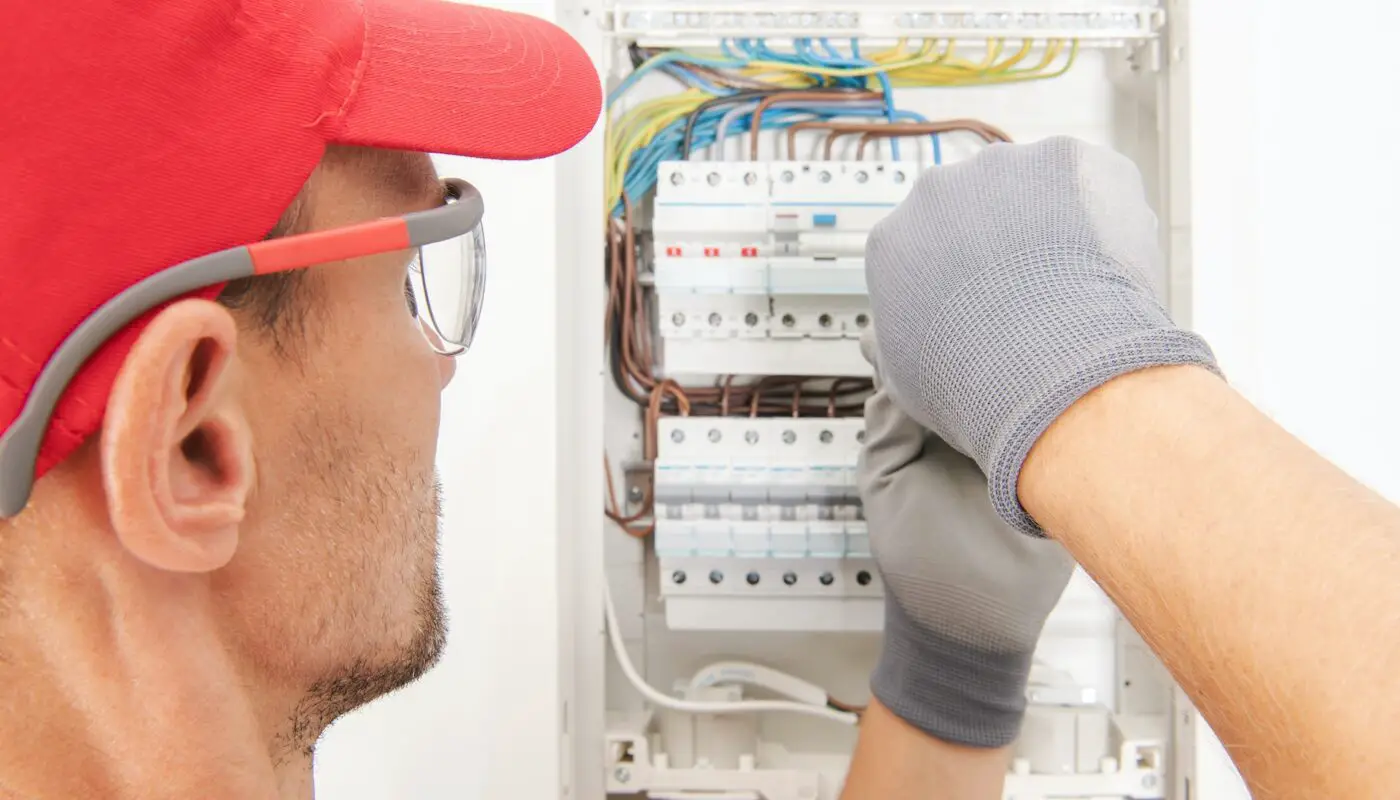It is crucial to have a complete understanding of safety procedures to protect the safety of oneself and the people around one when working with fuses. Safety procedures are more important than ever in the modern era. Fuses are a crucial component of electrical systems and have a very high voltage reading capability. Therefore, it is crucial to take the necessary actions to ensure safety.
When working with fuses, being aware of the relevant safety protocols is essential. Fuses are an important circuit part and can be dangerous if improperly handled. Before beginning work on a top fuse, one should always ensure that the power source is switched off, wear insulated gloves and goggles, and unplug any other nearby electrical appliances. Furthermore, it is important to identify the type of fuse before attempting to replace or repair it. Depending on the type of fuse, the process for replacing or repairing it may vary. When working with fuses, it is important always to be mindful of the potential shock hazard. To know more about the best fuse on the market, click here: https://sg.rs-online.com/web/c/fuses-circuit-breakers/fuses/.
What We Will Cover
Ensure The Right Fuse Is Used For The Application
The use of the right fuse for an application is essential for the safety of people who use it and the safeguarding of property. With the right fuse, the risk of fire, injury, and property damage is greatly minimized. Many people, however, are unaware of the need to use the right fuse for the right application and the consequences of using a fuse that is too powerful or weak.
It is essential to ensure the right fuse is used for the application. Using the wrong fuse can lead to serious safety risks, expensive repairs, and decreased performance and efficiency. It is important to consider the application and the type of environment when selecting the correct fuse. Considerations such as the amount of current needed, the operating temperature and environment, the type of circuit being protected, and the available short-circuit current rating should all be considered when selecting. It is also important to ensure that the selected fuse complies with applicable codes, regulations, and standards. It is ultimately the responsibility of the user to choose the right fuse for the application, and failure to do so could result in costly and dangerous consequences.
Wear The Appropriate Safety Gear When Working With Fuses
Safety is paramount when it comes to working with fuses. Fuses are used to protect circuits and devices from damage due to excessive current, but they can also be dangerous if mishandled. To prevent injury, it is important to wear the appropriate safety gear when performing any work with fuses. This blog post will provide an overview of the various types of safety gear that should be worn when working with fuses and the importance of wearing such protective equipment.
When working with fuses, the proper safety gear must be worn. This includes safety glasses or goggles, gloves, and a face shield. Safety glasses or goggles protect from any flying debris or particles that may be released during fusing. Gloves should be worn to prevent any contact with the fuse, as it may be hot to the touch. A face shield should also be worn to protect the face from sparks released during fusing. Additionally, it is important to wear long sleeves and pants to protect the skin and clothing from any heat or sparks that may be present. Keeping loose clothing and jewelry away from the fuse is also important to prevent potential hazards.
Safety Protocols When Working With Electric Fuses
First and foremost, it is important to remember that electricity is dangerous. Even a small electrical shock can be fatal. Therefore, you must take the necessary precautions when working with fuses. This includes wearing personal protective equipment (PPE), such as gloves, goggles, and a hard hat. It is also important to ensure that the area around the fuse box is clear of any flammable materials and that there is adequate ventilation.
Turn Off Power
Another important safety protocol is to ensure that the power is turned off before you begin working with the fuse. This may seem obvious, but it is worth repeating. Don’t forget about overhead lighting and illumination. Before starting any work on the electrical system, turn off the power at the circuit breaker or fuse box. This will help to prevent accidental shocks and fires.
Wear PPE
It is also important to be aware of the potential for arc flash when working with fuses. Arc flash is a dangerous electrical discharge that can occur when high electrical energy is released. This can cause serious burns and other injuries. It is important to use proper grounding techniques and wear PPE to minimize the risk of arc flash.
Label And Document Your Work
In addition to these safety protocols, it is important to follow proper procedures when working with fuses. This includes ensuring the fuse box is properly labeled and using the correct tools. It is also important to follow manufacturer instructions and seek assistance if unsure about any aspect of the job.
Final Thoughts On Working With Fuses
In conclusion, working with fuses is an essential part of an electrician’s job, but it can also be dangerous if safety protocols are not followed. Always remember to wear PPE, turn off the power, use the correct size and type of fuse, be aware of arc flash, and follow proper procedures. Doing so can ensure that you are working safely and minimizing the risk of accidents and injuries.
